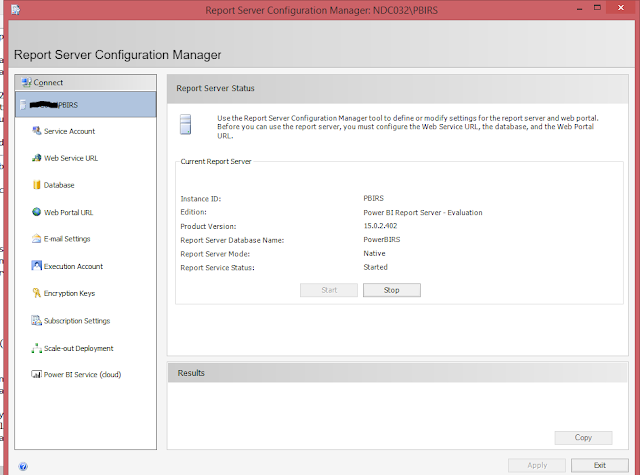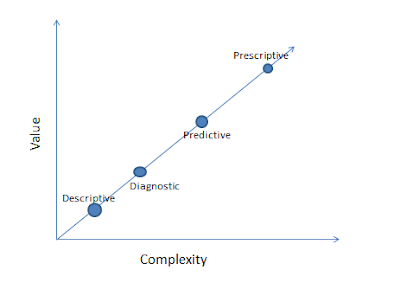Definition: R is both a Programming Language and Software environment for Statistical analysis, graphics representation and and reporting.
It is an Open source and is freely available under GNU general public licence. It has all the capabilities of a intergated computer language like loops, branches and also has capabilities of Modular programming language and suppot functions.
Integration with other Platforms
R supports integration with procedures written other platforms including but not limited to(as it is growing everuday) C, C++, .Net, Python and Fortron.
Capabilities of R
R is big ecosystem now. The standard R distributed can do pretty much all you need in data manipulation, Reporting and analysis. Apart from there are thousands of packages on CRAN and other open repositories.
So, it is not possible to list everything R can do. The features of R could further be divided as per the different services lines. Below is list of some features which i could find:
General Programming
Visualizations and Reporting
Analytics
It is an Open source and is freely available under GNU general public licence. It has all the capabilities of a intergated computer language like loops, branches and also has capabilities of Modular programming language and suppot functions.
Integration with other Platforms
R supports integration with procedures written other platforms including but not limited to(as it is growing everuday) C, C++, .Net, Python and Fortron.
Capabilities of R
R is big ecosystem now. The standard R distributed can do pretty much all you need in data manipulation, Reporting and analysis. Apart from there are thousands of packages on CRAN and other open repositories.
So, it is not possible to list everything R can do. The features of R could further be divided as per the different services lines. Below is list of some features which i could find:
General Programming
- Object Oriented Programming
- IO
- Distributed Computing
Visualizations and Reporting
- Static Visualization
- Dynamic Visualization
Analytics
- Statistics
- Mathamatics
- Probability
- Machine Learning
- Signal Processing
- Simulation
- Statistical Modeling and Test
- and Big Data Analytics
I would try to post more details on the individual features in my future posts.


